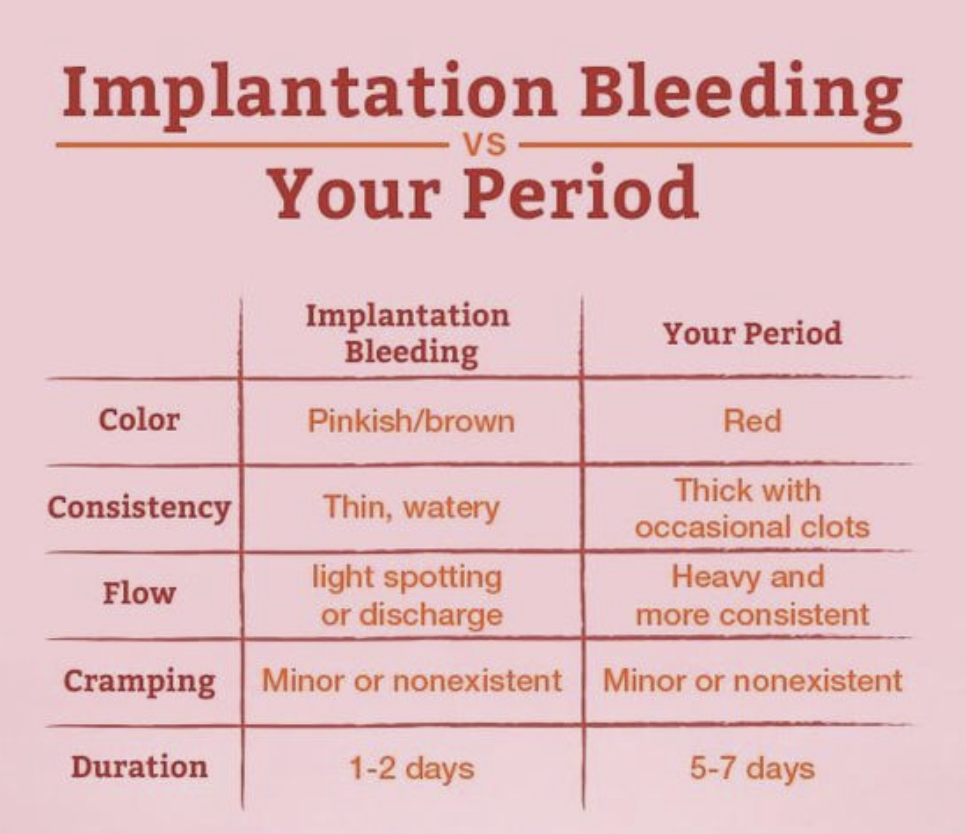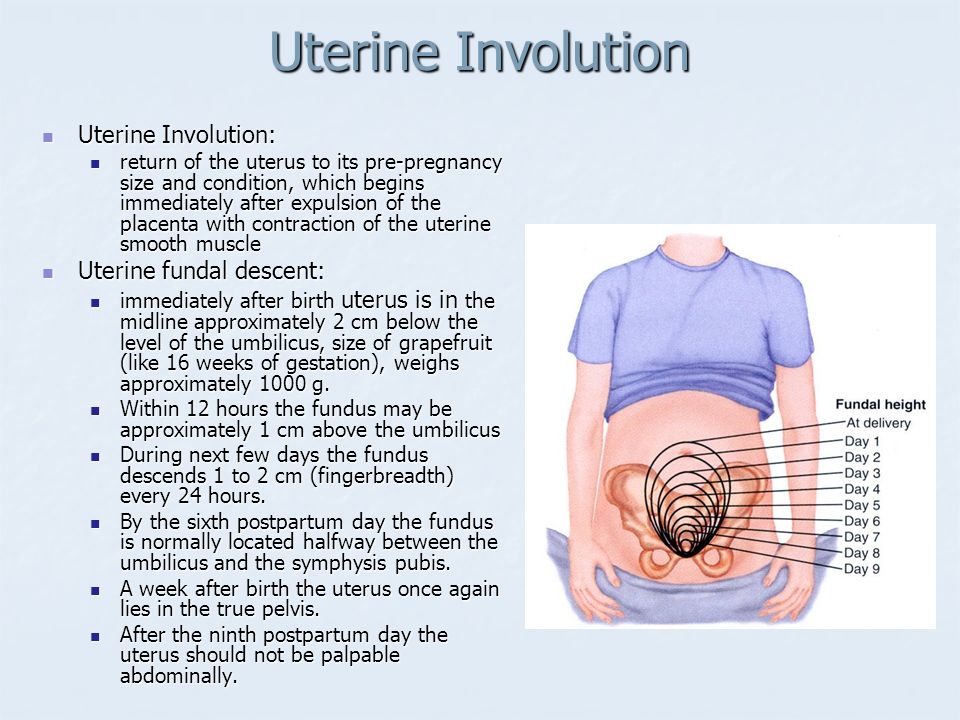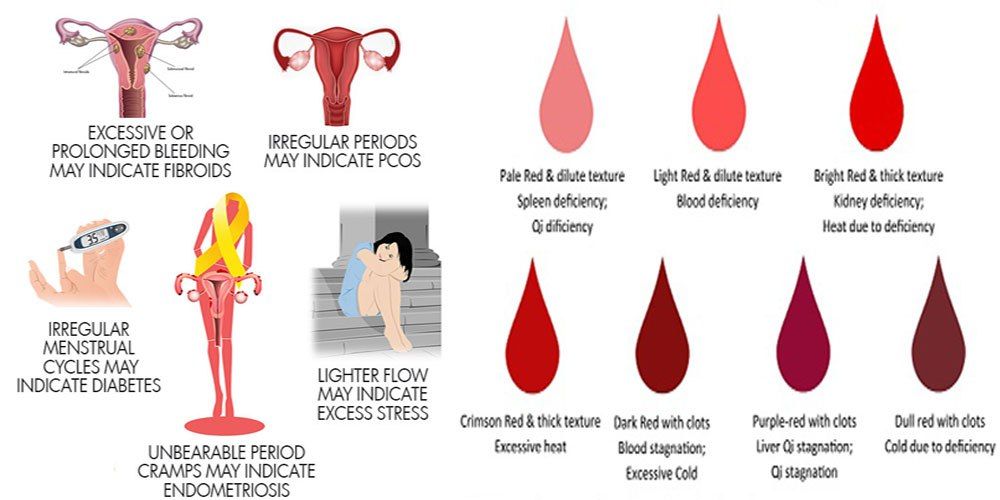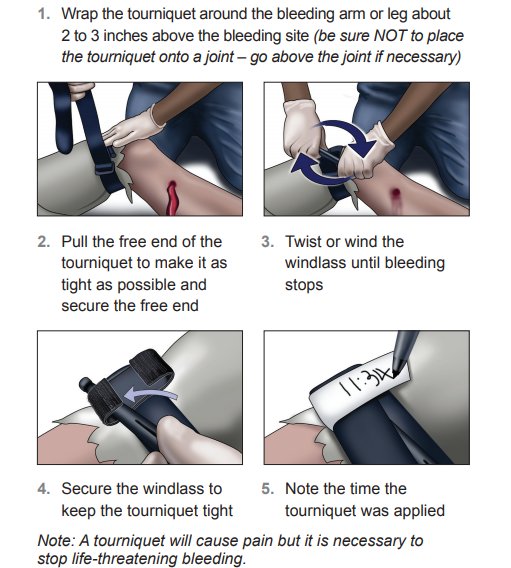Bleeding at 28 Weeks: Essential Guide to Late Pregnancy Complications
What are the causes of bleeding at 28 weeks of pregnancy. How to differentiate between spotting and bleeding during pregnancy. When should you seek immediate medical attention for vaginal bleeding in the third trimester. What are the potential complications associated with late-term bleeding during pregnancy.
Understanding Vaginal Bleeding in Late Pregnancy
Vaginal bleeding during pregnancy, especially in the third trimester, can be a cause for concern. Approximately one in ten women experience vaginal bleeding during their third trimester. While it’s not always a sign of a serious problem, it’s crucial to understand the potential causes and know when to seek medical attention.
Spotting vs. Bleeding: What’s the Difference?
It’s important to differentiate between spotting and bleeding:
- Spotting: A few drops of blood occasionally appearing on underwear, not enough to cover a panty liner.
- Bleeding: A heavier flow of blood requiring a liner or pad to prevent soaking clothes.
This distinction can help healthcare providers assess the severity of the situation.

Common Causes of Late-Term Bleeding
Several factors can contribute to bleeding during the later stages of pregnancy:
- Cervical dilation at the onset of labor
- Sexual intercourse (usually resulting in spotting)
- Internal examinations by healthcare providers
- Vaginal or cervical infections
- Uterine fibroids
- Cervical growths or polyps
While these causes are generally not life-threatening, they should still be evaluated by a medical professional to rule out more serious conditions.
Serious Complications Associated with Late Pregnancy Bleeding
In some cases, bleeding during the third trimester can indicate more severe complications:
Placenta Previa
Placenta previa occurs when the placenta grows in the lowest part of the uterus and covers all or part of the cervical opening. This condition can lead to significant bleeding and complications during delivery.
Placental Abruption
Placental abruption happens when the placenta separates from the inner wall of the uterus before the baby is born. This can deprive the fetus of oxygen and nutrients, posing risks to both mother and child.

Both of these conditions require immediate medical attention and may necessitate emergency interventions.
When to Seek Immediate Medical Attention
Certain symptoms accompanying vaginal bleeding warrant immediate medical care. You should go to the nearest hospital emergency department if you experience:
- Heavy bleeding (soaking two pads per hour or passing golf ball-sized clots)
- Severe abdominal pain or shoulder pain
- Fever or chills
- Dizziness or fainting
- Unusual smelling vaginal discharge
- Any bleeding in the second half of your pregnancy
These symptoms could indicate serious complications that require prompt medical intervention.
Diagnostic Process for Late-Term Bleeding
To determine the cause of vaginal bleeding, your healthcare provider may need to gather detailed information about your symptoms and medical history. They may ask about:
- The presence of cramping, pain, or contractions
- Any previous bleeding episodes during the pregnancy
- The onset, duration, and pattern of bleeding
- The amount and color of blood
- Any associated odor
- Symptoms like fainting, dizziness, nausea, vomiting, diarrhea, or fever
- Recent injuries or falls
- Recent sexual activity and any subsequent bleeding
- Fetal movement
- Other pregnancy complications
This information helps healthcare providers assess the severity of the situation and determine the most appropriate course of action.

Home Monitoring for Minor Bleeding
In cases of minor spotting without other symptoms, especially after sexual intercourse or a medical examination, you may be advised to monitor the situation at home. Here’s how to do it effectively:
- Put on a clean pad.
- Check the pad every 30 to 60 minutes for a few hours.
- If spotting or bleeding continues, contact your healthcare provider.
However, if bleeding becomes heavy, you experience abdominal pain or stiffness, or you have strong and frequent contractions, seek emergency medical care immediately.
Treatment Approaches for Late Pregnancy Bleeding
The treatment for late pregnancy bleeding depends on its underlying cause and severity. Some potential approaches include:
Bed Rest
In cases of minor bleeding or certain complications like placenta previa, your doctor may recommend bed rest to reduce stress on the uterus and placenta.
Medications
If an infection is causing the bleeding, antibiotics may be prescribed. In some cases, corticosteroids might be given to help mature the baby’s lungs if preterm delivery is a possibility.

Emergency Interventions
For severe complications like placental abruption, emergency cesarean section may be necessary to ensure the safety of both mother and baby.
Monitoring
Your healthcare provider may recommend close monitoring of you and your baby, which could involve frequent check-ups, ultrasounds, or even hospitalization in some cases.
The specific treatment plan will be tailored to your individual situation and the health needs of both you and your baby.
Preventing Complications in Late Pregnancy
While not all causes of late pregnancy bleeding can be prevented, there are steps you can take to reduce your risk of complications:
- Attend all prenatal appointments and follow your healthcare provider’s recommendations.
- Maintain a healthy lifestyle, including a balanced diet and appropriate exercise as advised by your doctor.
- Avoid smoking, alcohol, and illicit drugs.
- Report any unusual symptoms or concerns to your healthcare provider promptly.
- Take prenatal vitamins as recommended.
- Manage any chronic health conditions effectively.
By taking these precautions, you can help ensure a healthier pregnancy and reduce the risk of complications that might lead to bleeding.

Emotional Support and Coping Strategies
Experiencing bleeding during pregnancy can be emotionally challenging. It’s normal to feel anxious, scared, or stressed. Here are some strategies to help cope with these emotions:
- Communicate openly with your partner, family, or friends about your feelings.
- Consider joining a support group for pregnant women or those who have experienced pregnancy complications.
- Practice relaxation techniques such as deep breathing, meditation, or prenatal yoga (with your doctor’s approval).
- Seek professional counseling if you’re struggling to manage your emotions.
- Stay informed about your condition, but avoid excessive online research that might increase anxiety.
Remember, your emotional well-being is just as important as your physical health during pregnancy. Don’t hesitate to reach out for support when you need it.
Long-Term Outlook and Future Pregnancies
The long-term outlook after experiencing bleeding at 28 weeks depends on the underlying cause and how it was managed. In many cases, with proper care and treatment, women go on to have healthy pregnancies and deliveries.

Impact on Current Pregnancy
If the bleeding was due to a minor cause and was effectively managed, it may have little to no impact on the rest of your pregnancy. However, more serious conditions like placenta previa or placental abruption may necessitate ongoing monitoring or interventions.
Future Pregnancies
Having experienced bleeding in one pregnancy doesn’t necessarily mean you’ll have the same issue in future pregnancies. However, some conditions, such as placenta previa, may have a slightly higher chance of recurring. Your healthcare provider can offer guidance on what to expect and any precautions to take in future pregnancies.
Follow-Up Care
After experiencing late pregnancy bleeding, follow-up care is crucial. This may include:
- More frequent prenatal check-ups
- Additional ultrasounds or monitoring
- Discussing any concerns about labor and delivery
- Planning for potential complications during childbirth
Your healthcare team will work with you to ensure the best possible outcome for you and your baby.

Understanding the causes, risks, and management of bleeding at 28 weeks can help expectant mothers navigate this potentially stressful situation. Always prioritize open communication with your healthcare provider and seek immediate medical attention for any concerning symptoms. With proper care and support, many women who experience late pregnancy bleeding go on to have successful pregnancies and healthy babies.
Vaginal bleeding in late pregnancy: MedlinePlus Medical Encyclopedia
One out of 10 women will have vaginal bleeding during their 3rd trimester. At times, it may be a sign of a more serious problem. In the last few months of pregnancy, you should always report bleeding to your health care provider right away.
You should understand the difference between spotting and bleeding:
- Spotting is when you notice a few drops of blood every now and then on your underwear. It is not enough to cover a panty liner.
- Bleeding is a heavier flow of blood. With bleeding, you will need a liner or pad to keep the blood from soaking your clothes.
When labor begins, the cervix starts to open up more, or dilate. You may notice a small amount of blood mixed in with normal vaginal discharge, or mucus.
Mid- or late-term bleeding may also be caused by:
- Having sex (most often just spotting)
- An internal exam by your provider (most often just spotting)
- Diseases or infections of the vagina or cervix
- Uterine fibroids or cervical growths or polyps
More serious causes of late-term bleeding may include:
- Placenta previa is a problem of pregnancy in which the placenta grows in the lowest part of the womb (uterus) and covers all or part of the opening to the cervix.

- Placenta abruptio (abruption) occurs when the placenta separates from the inner wall of the uterus before the baby is born.
To find the cause of your vaginal bleeding, your provider may need to know:
- If you have cramping, pain, or contractions
- If you have had any other bleeding during this pregnancy
- When the bleeding began and whether it comes and goes or is constant
- How much bleeding is present, and whether it is spotting or a heavier flow
- The color of the blood (dark or bright red)
- If there is an odor to the blood
- If you have fainted, felt dizzy or nauseated, vomited, or had diarrhea or a fever
- If you have had recent injuries or falls
- When you last had sex and if you bled afterward
- If you’re feeling the baby move
- If you’ve had other complications during the pregnancy
A small amount of spotting without any other symptoms that occurs after having sex or an exam by your provider can be watched at home. To do this:
To do this:
- Put on a clean pad and recheck it every 30 to 60 minutes for a few hours.
- If spotting or bleeding continues, call your provider.
- If the bleeding is heavy, your belly feels stiff and painful, or you are having strong and frequent contractions, you may need to call 911 or your local emergency number.
For any other bleeding, call your provider right away.
- You will be told whether to go to the emergency room or to the labor and delivery area in your hospital.
- Your provider will also tell you whether you can drive yourself or you should call an ambulance.
Baeseman ZJ. Vaginal bleeding in pregnancy. In: Kellerman RD, Rakel DP, Heidelbaugh JJ, Lee EM, eds. Conn’s Current Therapy 2023. Philadelphia, PA: Elsevier 2023:1273-1276.
Francois KE, Foley MR. Antepartum and postpartum hemorrhage. In: Landon MB, Galan HL, Jauniaux ERM, et al, eds. Gabbe’s Obstetrics: Normal and Problem Pregnancies. 8th ed. Philadelphia, PA: Elsevier; 2021:chap 18.
8th ed. Philadelphia, PA: Elsevier; 2021:chap 18.
Henn MC, Lall MD. Complications of pregnancy. In: Walls RM, ed. Rosen’s Emergency Medicine: Concepts and Clinical Practice. 10th ed. Philadelphia, PA: Elsevier; 2023:chap 173.
Hull AD, Resnik R, Silver RM. Placenta previa and accreta, vasa previa, subchorionic hemorrhage, and abruptio placentae. In: Lockwood CJ, Copel JA, Dugoff L, et al, eds. Creasy and Resnik’s Maternal-Fetal Medicine: Principles and Practice. 9th ed. Philadelphia, PA: Elsevier; 2023:chap 43.
Updated by: LaQuita Martinez, MD, Department of Obstetrics and Gynecology, Emory Johns Creek Hospital, Alpharetta, GA. Also reviewed by David C. Dugdale, MD, Medical Director, Brenda Conaway, Editorial Director, and the A.D.A.M. Editorial team.
Browse the Encyclopedia
Pregnancy – bleeding problems – Better Health Channel
Bleeding from the vagina in early pregnancy is very common. In fact, it is thought to happen in almost one in four pregnancies – many of which will result in a healthy baby.:max_bytes(150000):strip_icc()/151-5b35304cc9e77c003722f5a6.png) About a third to half of all women who have bleeding will go on to miscarry.
About a third to half of all women who have bleeding will go on to miscarry.
Bleeding later in your pregnancy is less common and can be a sign of a serious problem, such as placenta previa (when the placenta covers the cervix) or placental abruption (separation of the placenta).
You should go to your nearest hospital emergency department if you are experiencing:
- heavy bleeding, for instance soaking two pads per hour or passing golf ball sized clots
- severe abdominal pain or shoulder pain
- fever or chills
- dizziness or fainting
- unusual smelling vaginal discharge
- bleeding in the second half of your pregnancy.
Causes of bleeding problems during pregnancy
It is not always possible to pinpoint why a woman is bleeding during pregnancy. Some of the many reasons may include:
- Miscarriage
- Ectopic pregnancy
- Implantation bleeding
- Placenta previa
- Placental abruption.

Miscarriage
A miscarriage is the loss of a pregnancy before the fetus (unborn baby) can survive outside the uterus (womb).
Miscarriage usually occurs in the first 12 weeks of a pregnancy (the first trimester), and most miscarriages occur without a clear cause.
Vaginal bleeding is the most common sign of miscarriage. Some women may experience period-like cramping pain in the lower pelvis. Others may experience no symptoms at all.
Ectopic pregnancy
During the first trimester, vaginal bleeding can be a sign of ectopic pregnancy. This is when the fetus starts to grow outside of the uterus, often in one of the fallopian tubes.
Symptoms of ectopic pregnancy can include cramping, vaginal bleeding and abdominal pain. Pain might be caused by a ruptured fallopian tube. This is a medical emergency and needs immediate surgery.
Implantation bleeding
One cause for bleeding in early pregnancy is ‘implantation bleeding’. This usually occurs as light bleeding or ‘spotting’ and happens when the fetus implants (buries) itself into the lining of your womb (around the time that your first period after conception would have been due). This bleeding will often last a few days then stop.
This bleeding will often last a few days then stop.
Placenta previa
Placenta previa occurs where the placenta is (either wholly or in part) inserted into the lower part of the uterus and covering the cervix. One of the signs of placenta previa is bleeding after 28 weeks.
Diagnosis of placenta previa is by ultrasound. If you are diagnosed with placenta previa, your baby will usually be born by caesarean section.
Placental abruption
This is when part or all of the placenta separates from the wall of the uterus before the birth of your baby. The amount of bleeding varies, as does the impact on your baby. Treatment may involve monitoring you and your baby, bed rest, or, in more serious cases, the early birth of your baby.
Tests for bleeding problems during early pregnancy
It can take some time for your doctor to be sure of what the bleeding means. You may need a number of tests, which could include:
- Vaginal examination – to check the size of your uterus and the amount of bleeding.
 This examination lasts a few minutes and may be a bit uncomfortable.
This examination lasts a few minutes and may be a bit uncomfortable. - Blood tests – to check your blood type and, sometimes, the levels of pregnancy hormones in your blood.
- Ultrasound scan – gel is rubbed on your abdomen. A hand-held scanner uses sound waves to provide pictures of the pregnancy. In very early pregnancy, more information is gained by placing a small, slender scanner in the vagina. You will need to have a full bladder before the scan. An ultrasound scan takes around 15 to 20 minutes. If an ultrasound is needed, it can be arranged through the emergency department of your nearest hospital or your local doctor.
Tests for bleeding problems during later pregnancy
Both placenta previa and placental abruption can cause heavy bleeding of bright red blood from the vagina.
A vaginal examination is often used to help diagnose placental abruption, but could trigger heavier bleeding in the case of placenta previa. Therefore, an ultrasound scan should always be taken first, and digital (finger) vaginal examinations should be strictly avoided in the case of placenta previa.
Tests used to diagnose placenta previa include:
- medical history
- ultrasound scan
- feeling the mother’s belly to establish the baby’s position (the baby is sideways or presenting bottom-first in around one in three cases of placenta previa)
- very gentle speculum vaginal examination (to make sure the bleeding is not coming from the cervix or vagina).
Having ruled out placenta previa using the tests above, a digital vaginal examination may be used to identify placental abruption.
Treatment of bleeding problems during early pregnancy
The bleeding may be light and stop in a day or two. Many people go on to have a healthy baby at full term after such a bleed.
However, sometimes the bleeding becomes heavy and a miscarriage is likely to happen. While you still need to see a doctor, in such circumstances there is no emergency care that will save your pregnancy.
Sometimes, during a miscarriage, some of the pregnancy tissue may remain inside the uterus. This can lead to very heavy bleeding if it is not treated. Your doctor will tell you if you need further treatment.
This can lead to very heavy bleeding if it is not treated. Your doctor will tell you if you need further treatment.
If you are Rhesus (Rh) negative (if you have a negative blood type), you may require an injection of anti-D immunoglobulin to prevent problems related to possible blood incompatibility in future pregnancies.
Bleeding during early pregnancy and taking care of yourself at home
You may feel a range of emotions over this time. Guilt is a normal feeling, but don’t blame yourself, as you have done nothing wrong. Your body will be going through changes in hormone levels and this can make you feel very emotional. It may help to talk to family or friends.
While there is no specific treatment to prevent a miscarriage, things you can do that may help include:
- Getting plenty of rest.
- Using pads rather than tampons while you are bleeding.
- Avoiding sex while you are bleeding. Sex can resume once the bleeding has stopped.
- Taking mild pain relief medication, such as paracetamol, if needed.

- Reporting any changes in your condition to your doctor.
If you are finding your mood remains low for an extended period of time, you may be experiencing depression and require the assistance of a professional.
Where to get help
- Your GP (doctor)
- Obstetrician
- Midwife
- Sexual Health Victoria (SHV)External Link. To book an appointment call SHV Melbourne CBD Clinic: (03) 9660 4700 or call SHV Box Hill Clinic: (03) 9257 0100 or (free call): 1800 013 952. These services are youth friendly.
- Post and Antenatal Depression Association (PANDA) Helpline Tel. 1300 726 306
causes and treatment by an obstetrician-gynecologist at the Proxima Medical Center (Sochi)
Bleeding during pregnancy is an obstetric symptom characterized by discharge from the vagina of various volumes of bloody discharge, the cause of which can act as pathological conditions, and natural physiological changes in the female body. Every fifth pregnant woman faces this symptom. Bleeding occurs predominantly in the first and third trimesters of pregnancy. Bloody discharge from the vagina should be a reason for urgent medical attention, as in some cases this condition can pose a threat to the mother and fetus.
Every fifth pregnant woman faces this symptom. Bleeding occurs predominantly in the first and third trimesters of pregnancy. Bloody discharge from the vagina should be a reason for urgent medical attention, as in some cases this condition can pose a threat to the mother and fetus.
Causes of bleeding during pregnancy
In the first trimester of pregnancy the most common cause of bleeding is spontaneous miscarriage. Approximately at 6 obstetric weeks, spotting is characteristic of ectopic attachment of the fetal egg, fetal fading, or an Rhesus conflict between the fetus and mother.
In the second trimester of pregnancy bleeding is observed much less frequently, in no more than 10% of cases. In most cases, it is due to pathological causes, including isthmic-cervical insufficiency, intrauterine fetal death, late spontaneous abortion.
In the third trimester of pregnancy bleeding is always indicative of pathology of gestation. Usually spotting is a consequence of placenta previa, its premature detachment. In the latter case, there is a real danger to the life of the fetus. The most rare, but the most dangerous cause of bleeding in late pregnancy is uterine rupture (usually occurs with multiple pregnancies, large fetuses, polyhydramnios, and if there is a scar on the myometrium).
Usually spotting is a consequence of placenta previa, its premature detachment. In the latter case, there is a real danger to the life of the fetus. The most rare, but the most dangerous cause of bleeding in late pregnancy is uterine rupture (usually occurs with multiple pregnancies, large fetuses, polyhydramnios, and if there is a scar on the myometrium).
In the presence of benign neoplasms (polyps, mimoma), bleeding can occur at any stage of embryogenesis. Blood discharge is often observed in women suffering from cervical erosion. The likelihood of developing this pathological symptom increases with high physical exertion, too active sexual intercourse, the presence of cardiovascular pathologies, accompanied by a weakening of the endothelium.
Symptoms
Symptoms of bleeding during pregnancy may vary depending on the cause of bleeding. So, if bleeding is due to spontaneous miscarriage, then the pregnant woman may also be disturbed by pain in the lower abdomen, manifested in the form of spasms, deterioration in well-being and increased weakness. Dizziness, nausea, and a slight rise in body temperature may also occur. In this case, bleeding can have different intensity, and the discharge itself can be of a different color, from bright scarlet to crimson.
Dizziness, nausea, and a slight rise in body temperature may also occur. In this case, bleeding can have different intensity, and the discharge itself can be of a different color, from bright scarlet to crimson.
With placenta previa, a pregnant woman usually does not have any symptoms other than bleeding. Pain in most cases is not observed, and the tone of the myometrium is within the normal range. With placental abruption, a woman experiences severe pain, and there is also an increase in myometrial tone.
Methods of treatment
Treatment tactics for bleeding during pregnancy depends on the cause of bleeding from the genital tract, the amount of blood lost, the general condition of the patient and the fetus. If the bleeding is due to the natural physiological state of the woman, in the absence of pathological changes, then, as a rule, medical assistance in such cases is not required. It is recommended to comply with all previous doctor’s prescriptions, refrain from active sex life and increased physical activity. In some cases, hemostatic therapy may be indicated.
In some cases, hemostatic therapy may be indicated.
Similar recommendations are given in the presence of polyps, fibroids and erosion of the cervix, which caused bleeding during pregnancy. In such cases, expectant tactics are preferred. Cauterization of erosion is carried out after the birth of the child. In rare, exceptional cases, qualified gynecologists recommend removing polyps during pregnancy.
Bleeding during pregnancy, which occurred against the background of placenta previa or due to the threat of spontaneous abortion, requires emergency hospitalization of the woman in an obstetric hospital and further drug therapy under the constant supervision of doctors. In order to reduce uterine tone, tocolytics, sedative drugs are prescribed. With threatening abortions in obstetric practice, antispasmodics, coagulants and progesterone preparations are used. Physiotherapeutic treatment methods are also successfully used: electroanalgesia, endonasal galvanization. After normalization of the condition, the patient goes home and must observe the prescribed bed rest and complete sexual rest for a certain time./implantation-bleeding-or-early-miscarriage-2371266_V22-9ee423cc0f334d29b0f2639baedbb480.png) The introduction of pregnancy in such cases takes place under the close supervision of specialists.
The introduction of pregnancy in such cases takes place under the close supervision of specialists.
In some cases, bleeding during pregnancy requires surgical procedures. We are talking about the following situations:
- miscarriage , completed spontaneous abortion – in this case, surgical removal of the remnants of fetal tissues is indicated.
- attachment of the ovum outside the uterine cavity . An emergency removal of the fetal egg is carried out. The method used to stop bleeding can be different, which depends primarily on the woman’s well-being and the intensity of bloody discharge. In case of massive blood loss, ligation of the uterine arteries is indicated.
- placental abruption . In moderate and severe forms of pathology, operative delivery (caesarean section) is indicated. After extraction of the fetus and subsequent separation of the placenta, clots are removed and, if necessary, in the presence of pronounced changes in the uterus, a hysterectomy is performed.

- isthymic-cervical insufficiency . During surgery, sutures are placed on the cervix to prevent its premature opening. Surgery is performed at less than 28 weeks’ gestation, and stitches are removed at 37 weeks. After surgical treatment, drug therapy based on hormonal drugs is indicated.
After the operation, the woman is prescribed a course of antibiotics to prevent the development of an infectious process. Also obligatory for compliance with the condition of postoperative rehabilitation is the observance of sexual rest and the requirements of personal hygiene.
Prognosis and prevention
Bleeding during pregnancy in most cases is characterized by a favorable prognosis. Timely qualified medical care ensures the preservation of the life of a pregnant woman and her fetus. Lethal outcome is extremely rare.
Preventive measures come down, first of all, to carrying out preconception preparation for conception. So, a woman should undergo a comprehensive examination, which allows timely identification and treatment of pathologies that can negatively affect the course of pregnancy. This is especially true of benign neoplasms, which can cause bleeding.
So, a woman should undergo a comprehensive examination, which allows timely identification and treatment of pathologies that can negatively affect the course of pregnancy. This is especially true of benign neoplasms, which can cause bleeding.
Along with this, a woman is recommended to register in the early stages of pregnancy and undergo all examinations and tests prescribed by a gynecologist. In the event of complications in early pregnancy (for example, bloody spotting, uterine tone), complex treatment is necessary, including hormone therapy, sedatives, bed rest, sexual rest and a special diet. It also follows:
- avoid stressful situations, emotional overstrain;
- exclude high physical activity;
- to eat properly and in a balanced way;
- give up bad habits;
- take vitamin complexes prescribed by a doctor;
- avoid violent sexual intercourse.
In severe pregnancy, bed rest and minimal physical activity are recommended to prevent bleeding.
Bleeding during pregnancy – an alarming symptom – Your Doctor in Warsaw
Vaginal bleeding during pregnancy occurs at different times and has different causes.
Bleeding up to 20 weeks occurs in 20-30% of pregnant women, in about half of these cases a miscarriage occurs. If the pregnancy is not interrupted, then in the future there is a risk of premature birth, intrauterine death of the fetus, low birth weight. All bleeding carries risks for the woman herself. From conception to 12 weeks, bleeding is usually not associated with any pathology, but is a sign of placentation.
Causes of bleeding in the first trimester:
- embryo implantation and placental development;
- ectopic pregnancy;
- miscarriage;
- molar pregnancy or mole;
- cervical infections or other diseases.
Warning signs: pain, dizziness, fainting, palpitations, fever, purulent discharge.
Causes of bleeding in the second and third trimester:
- premature dilatation of the cervix;
- miscarriage or fetal death;
- placenta previa – low placenta, other features;
- uterine rupture;
- infections and pathology of the cervix;
- premature birth.

In the later stages, slight bleeding may be normal – when the cervix softens, the mucous plug begins to move away, which may be accompanied by the appearance of blood in the discharge.
In any case, the woman should tell her doctor about bleeding as soon as possible. It is necessary to evaluate blood loss – the number of pads used. An extremely alarming symptom is severe cutting pain in the abdomen, especially when turning and breathing deeply. In this case, it is better to immediately call an ambulance. During the examination, in addition to an examination by a gynecologist, a woman’s blood group and Rh factor, hemoglobin level are determined; in the early stages – the concentration of chorionic gonadotropin, an ultrasound examination is performed to assess the fetus and uterine cavity.
Tactics are very different and depend on the cause of the bleeding and the condition of the woman. With light bleeding, which consists in a small, droplet release of blood, as well as with bleeding that ended within two hours, rest and home rest may be indicated.


 This examination lasts a few minutes and may be a bit uncomfortable.
This examination lasts a few minutes and may be a bit uncomfortable.

